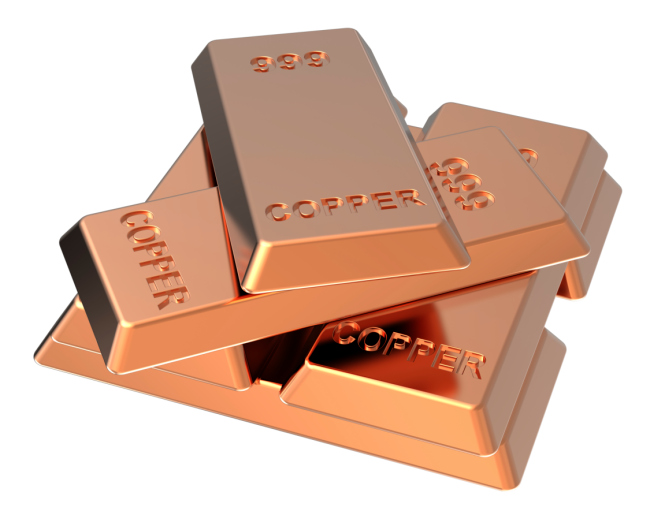Commodities & Metals
Copper Gets Roughed Up by Chinese Export Data
Published:
Last Updated:

Copper prices have been very sensitive to the Chinese construction industry for many years now. During the construction boom in China, copper prices topped out at around $4.50 a pound, 50% higher than Monday’s price of around $3.00 a pound. Now that Chinese officials have predicted GDP growth of 7.5% for this year, expectations for a significant boost in construction have waned.
Part of the reason for the February decline in exports is timing. In 2014, the Lunar New Year holiday had a clear negative impact on manufacturing and exports, compared with 2013 when the holiday came 10 days later and boosted the February numbers. Lower demand from the United States, where unusually cold weather tamped down consumer spending, was likely also a contributing factor to the drop in exports.
Still, for the first two months of the year China’s exports have declined 1.6% compared with the first two months of 2013. That is the worst showing in five years and compares poorly with a 23.6% year-on-year gain in 2013. What happens with March exports will have an enormous impact on how investors view the country’s prospects for the rest of the year.
As for copper, the red metal’s fortunes will follow the Chinese economy, and there is little chance that a price level of $4.50 a pound is around the corner. About the best producers can hope for is a rise to around $3.40 a pound, but even that seems like a stretch. Again, there is a plenty of production, Chinese stockpiles are high and there is little action anywhere else. Copper looks to be in for another tough year.
The average American spends $17,274 on debit cards a year, and it’s a HUGE mistake. First, debit cards don’t have the same fraud protections as credit cards. Once your money is gone, it’s gone. But more importantly you can actually get something back from this spending every time you swipe.
Issuers are handing out wild bonuses right now. With some you can earn up to 5% back on every purchase. That’s like getting a 5% discount on everything you buy!
Our top pick is kind of hard to imagine. Not only does it pay up to 5% back, it also includes a $200 cash back reward in the first six months, a 0% intro APR, and…. $0 annual fee. It’s quite literally free money for any one that uses a card regularly. Click here to learn more!
Flywheel Publishing has partnered with CardRatings to provide coverage of credit card products. Flywheel Publishing and CardRatings may receive a commission from card issuers.
Thank you for reading! Have some feedback for us?
Contact the 24/7 Wall St. editorial team.